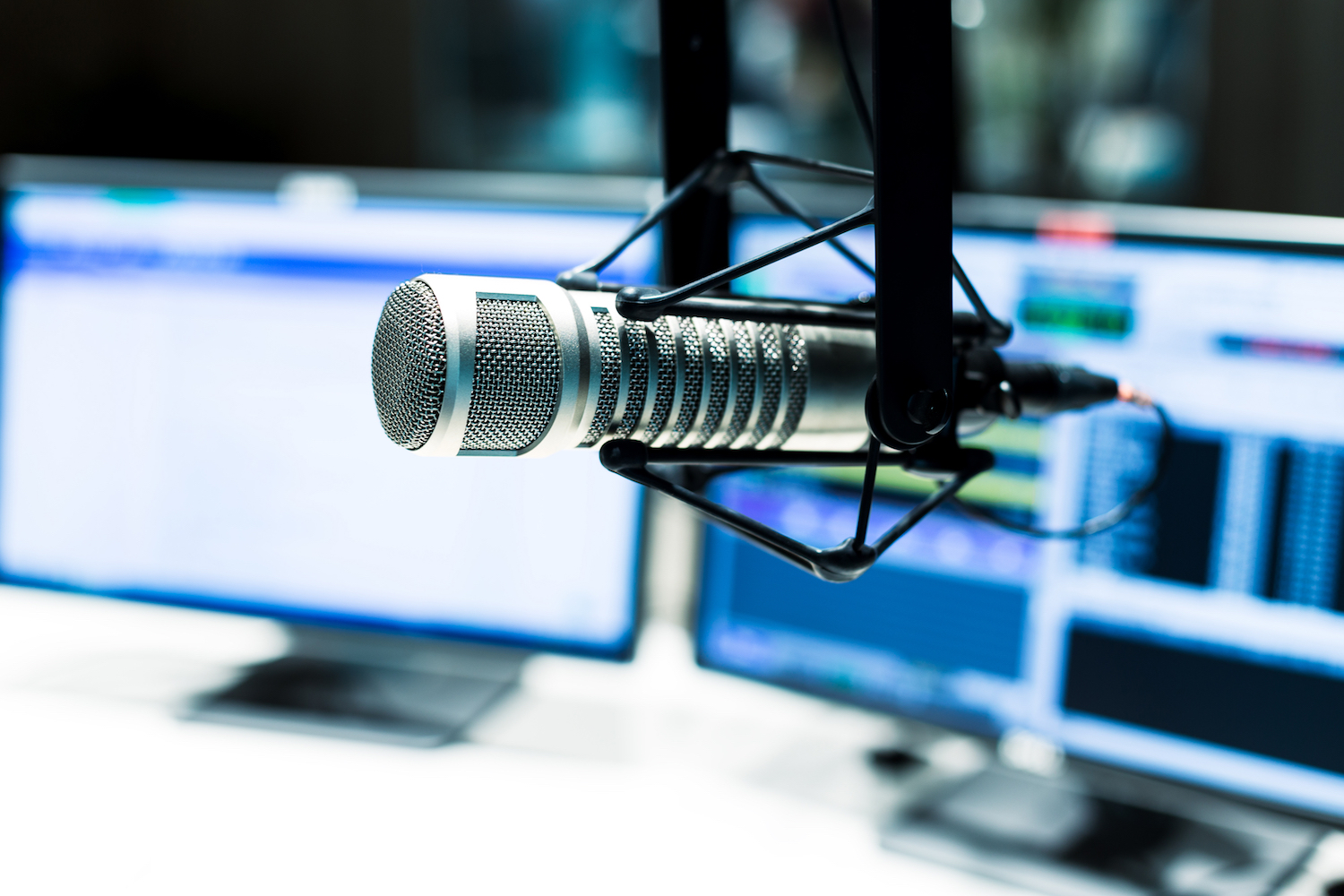“There are a lot more Australian artists being offered to radio now,” CRA tells Senate inquiry

Commercial Radio Australia (CRA), the sector’s peak association, believes that its members are playing more Australian music now.
This is partly because they are offered more local music by record companies, and partly because there’s a wider definition of what constitutes an Australian track.
CRA has also worked with ARIA and APRA AMCOS since April to monitor radio and ensure different formats keep to their Australian quotas.
“The monitoring actually shows extremely high levels of compliance,” said CRA chief executive Joan Warner, speaking at a Senate environment and communications references committee
The hearing in Adelaide focussed on Australian content on broadcast, radio and streaming services.
“It’s been a very good exercise, I think, for both sides of the equation.”
APRA AMCOS chief executive Dean Ormston clarified to TMN, “There’s been some positive movement on some stations since we announced we would be jointly monitoring Australian content with CRA and ARIA, but not necessarily across the board.
“On the other hand, there are those stations who have been achieving or over-indexing since before we met with CRA and ARIA.”
Defining an Australian performance
Warner claimed that part of the problem is that record companies don’t deliver enough new artists.
In addition, is the definition of an Australian performance has previously caused confusion, and hasn’t been consistently defined across both radio and the music industry.
She explained that record industry radio pluggers had told content directors that, for example, “an American rap star [who] had recorded in Melbourne” could be tagged as Australian music, “Because it was recorded in Melbourne, produced in Melbourne, it’s an Australian production.”
“We weren’t aware of that [confusion] until we started talking to our content directors and to the APRA and ARIA reps,” said Warner.
“So we’ve all had a bit of an epiphany about the misunderstandings that have grown up on both sides about what an Australian performance is.
“Now that our guys and their guys are no longer pushing things they shouldn’t push, we are now seeing that you’re getting more Australian artists in the Top 40.”
One size doesn’t fit all
Responding to questions from senators, Warner emphasised that commercial radio would oppose moves – as proposed by ARIA and APRA AMCOS during the Senate inquiry— to increase quotas in all formats to an across-the-board 25%.
Warner told the hearing, “The content quotas differ to allow broadcasters to offer the content that their listener or their target demographic is interested in.
“We would oppose, obviously, an across-the-board 25% target for all Australian radio stations because that restricts their format.
“There are different formats. Not every format lends itself to a 25% Australian music quota.
To implement such a quota would “limit the freedom that commercial radio broadcasters have to meet the needs of their audiences and the format that they choose to offer to those audiences.”
APRA AMCOS’s Ormston told TMN, “We’re on the record as saying that the Code needs reviewing as it relates to station formats and the applicable quota, which is a conversation we’ll be pursuing.
“There are currently too many categories and the definitions are outdated.”
DAB+ is still emerging
Responding to questions about further regulation of DAB+, Warner said that digital radio should continue to be exempt from quotas until each station’s formats are more established.
“A station might start out as a hits-and-memories station and change,” Warner continued.
“One in Melbourne changed from classic rock to Rhythmos, which is a Greek station playing Greek music.
“At the moment, the DAB+ stations are a little bit experimental in terms of what they’re used for and the formats. Our members are trying to build the audiences up for them. They’re not making revenue out of them at the moment.
“So we would say there needs to be an exemption until we see a significant uptake of the listening to those DAB+-only stations.
Streaming and radio
Warner was asked whether commercial radio broadcasters have been affected by the rise of streaming services such as Spotify, iTunes and Pandora.
“I think it’s fair to say they probably have,” she admitted.
“We still have healthy listening audiences. It’s a competitive industry.
“It’s very hard work to keep advertisers interested, to keep the revenue coming in, when you have all these new online offerings saying, ‘Hey, we’re the next big thing.'”
Looking to the future
Warner stressed that although young people may listen to radio less than perhaps in the ’60s and ’70s, but that it has undoubtedly retained its relevance, despite what streaming services may say.
“We have been told of instances where Spotify, for example, have been out in agencies saying: ‘Young people don’t listen to radio anymore. Don’t buy radio. Buy us.’
“[Young people] listen for five to six hours a week, whereas in the sixties and seventies they might have been listening for 10 hours a week.
Radio is future proof, said Warner, due to its relevance to all age groups, and its nature as a live and local medium, covering music, current affairs and sport in the world of its listeners
“I think the secret to radio’s longevity so far is that we are a lot more than music, and we have maintained our relevance to our local listeners.
“They can turn on the radio and hear what’s happening locally and relate to that.
“I think that’s the key to the future for radio.”






























